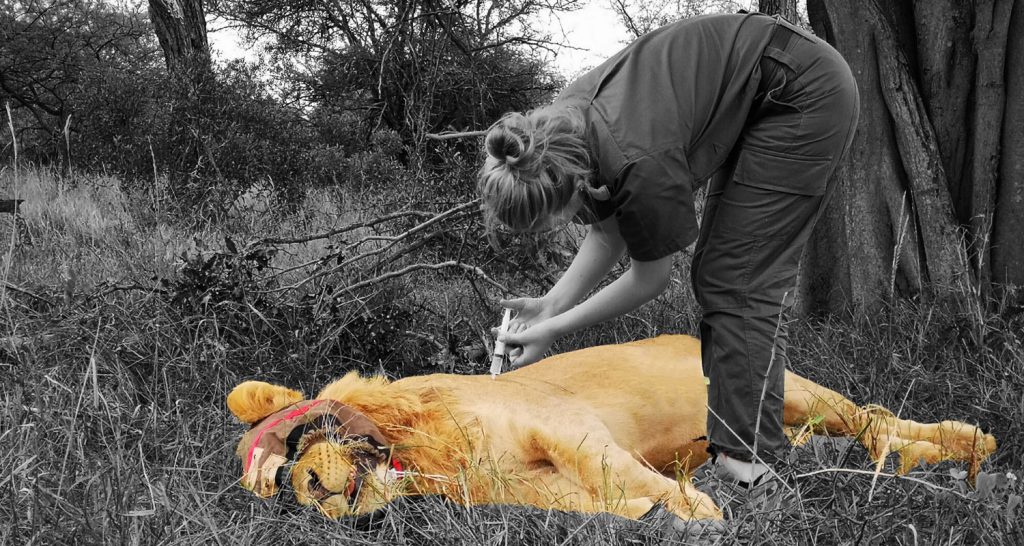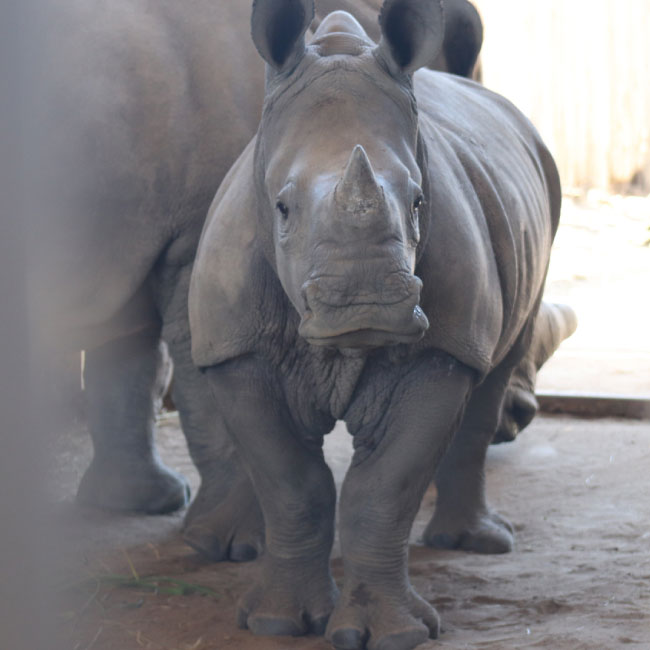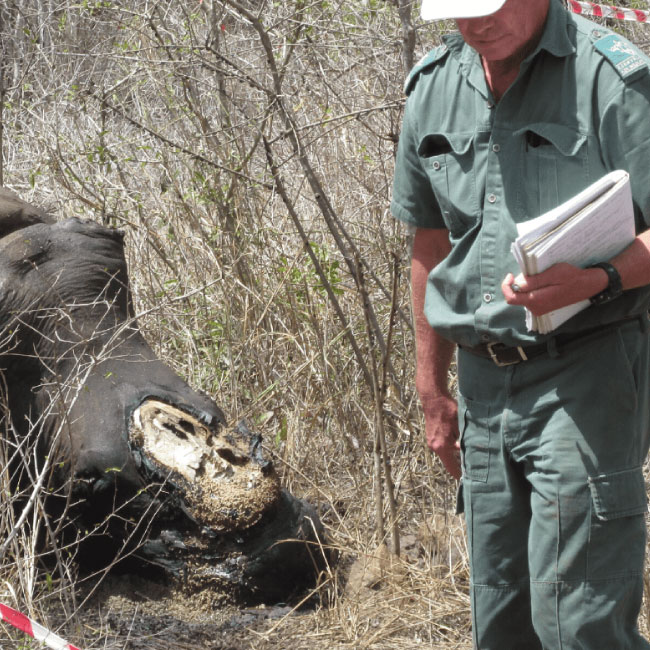
RELOCATION
Due to habitat loss and fragmentation, populations of species are isolated which prevents natural dispersal and genetic exchange. In order to prevent inbreeding depression in isolated populations, conservation managers need to simulate the movement of animals by introducing unrelated individuals and by relocating related individuals to other protected areas.
Relocation involves immobilizing an animal (by the use of a dart), carefully moving the animal into a crate and transporting it as quickly as possible to the desired destination to cause as little stress to the animal as possible. If the animal is being transported a long distance it may need to have an extra dose of the sedative to ensure that it does not wake in transit, requiring the veterinarian to be present throughout the journey.
Depending on the sedative that has been given, a reversal-drug may need to be injected into the animal to force it to wake up.
Learn more

COLLARING, BRANDING & NOTCHING
Radio-collaring, notching and branding are effective methods of monitoring threatened species. A radio-collar is placed on an animal in order to track its movements and monitor its activity status. It has become an essential tool in the monitoring of threatened species as it assists conservation managers with identifying human wildlife conflict points, such as when animals leave the boundaries of protected areas or when they are in distress. In addition to this, it develops an understanding of preferred habitat and distribution.
Branding and ear-notching are used for identifying specific individuals in the population. They also assist conservation managers with the population estimation of cryptic species in closed habitats.
A veterinarian is needed to sedate the animal to place a collar on it, brand it or notch it.
learn moreDEHORNING
Dehorning is the removal of both posterior and anterior horns of black and white rhinos. Rhino dehorning is one of the preventative measures conservationists take to reduce the number of rhinos poached.
Rhino horn is made up of keratin which is the same protein that is found in hair and fingernails. It is sought after for the Asian medicinal market. There are various beliefs of the effects of its use.
learn more
Our annual report for 2021 – 2022 has been released! Here you can read anything from our financial report to our partners and supporters.





